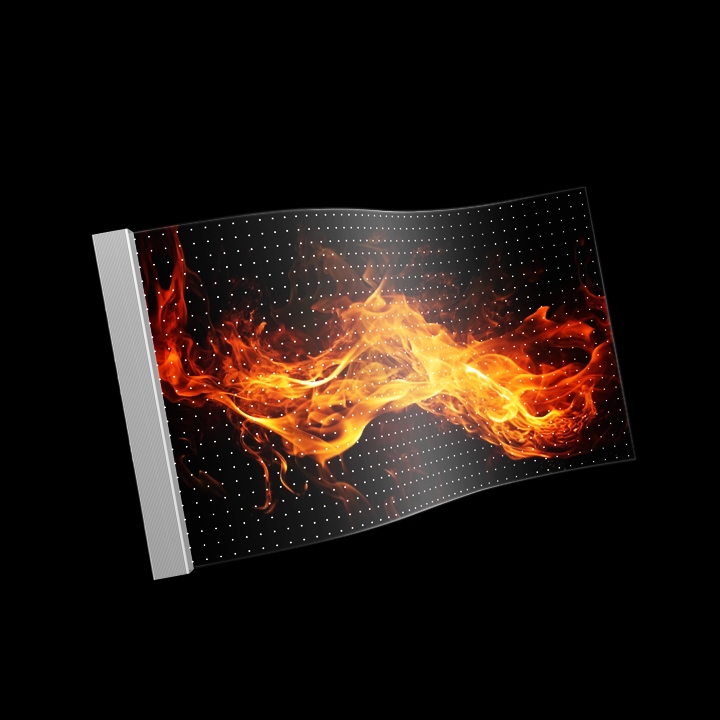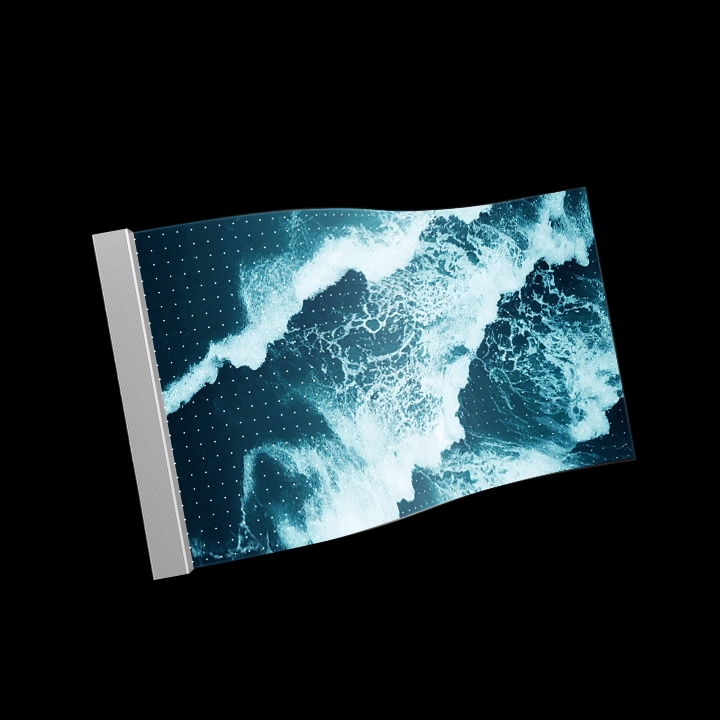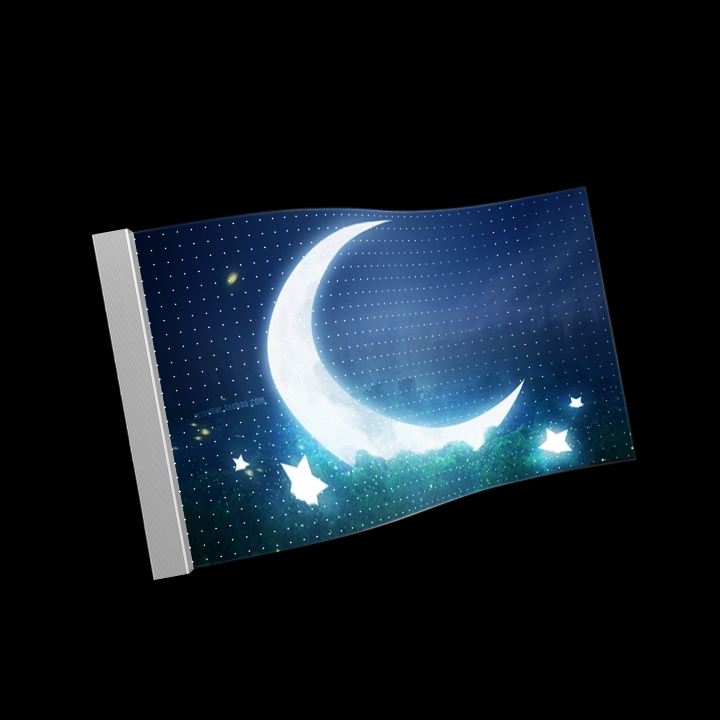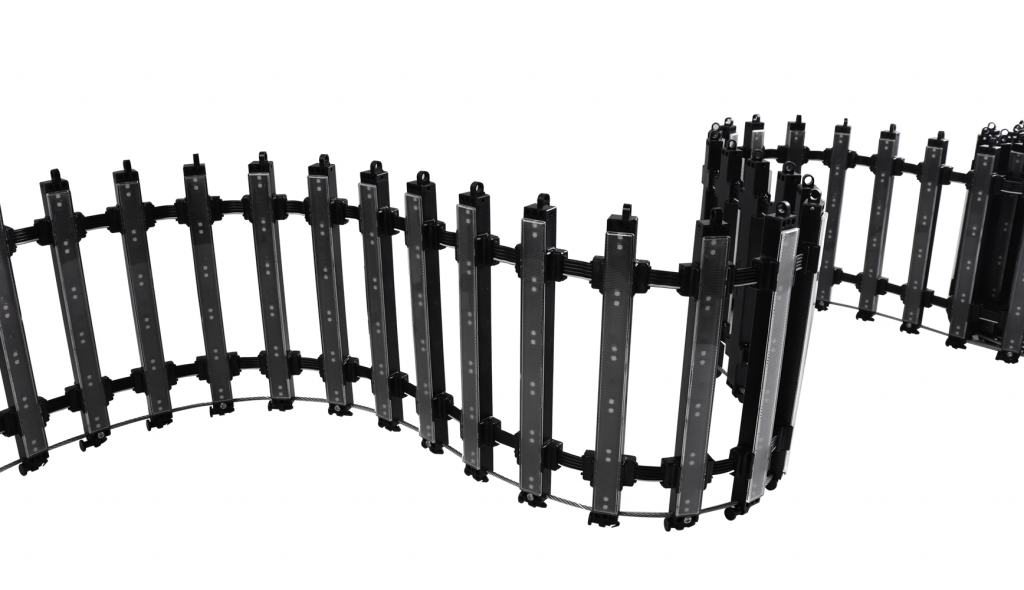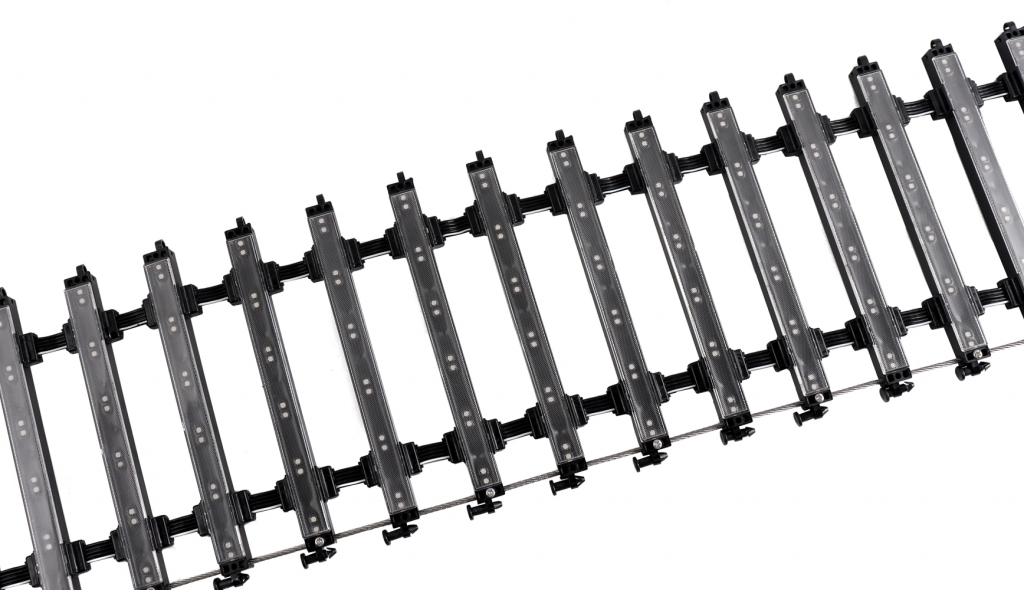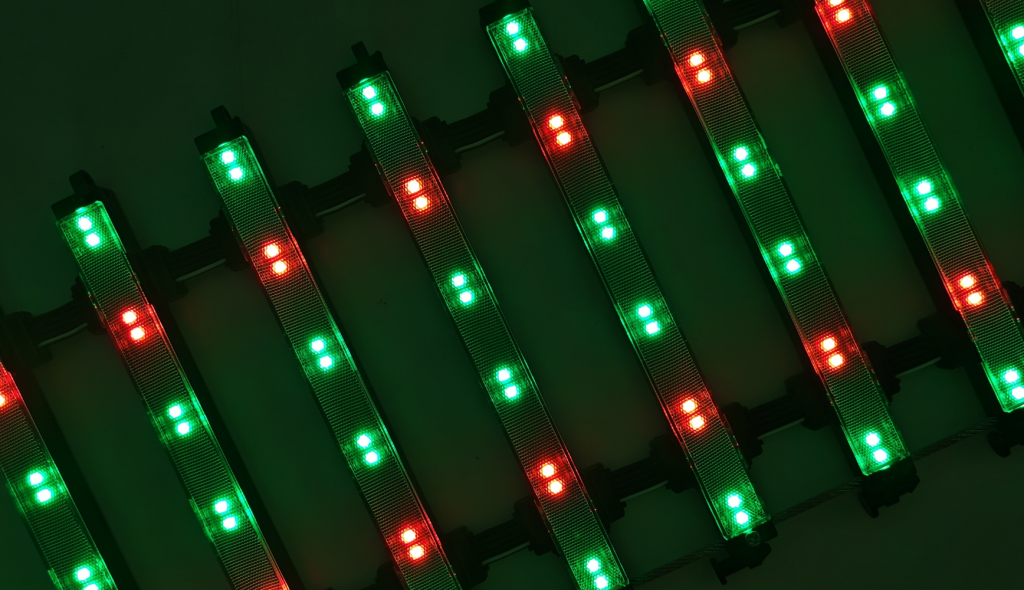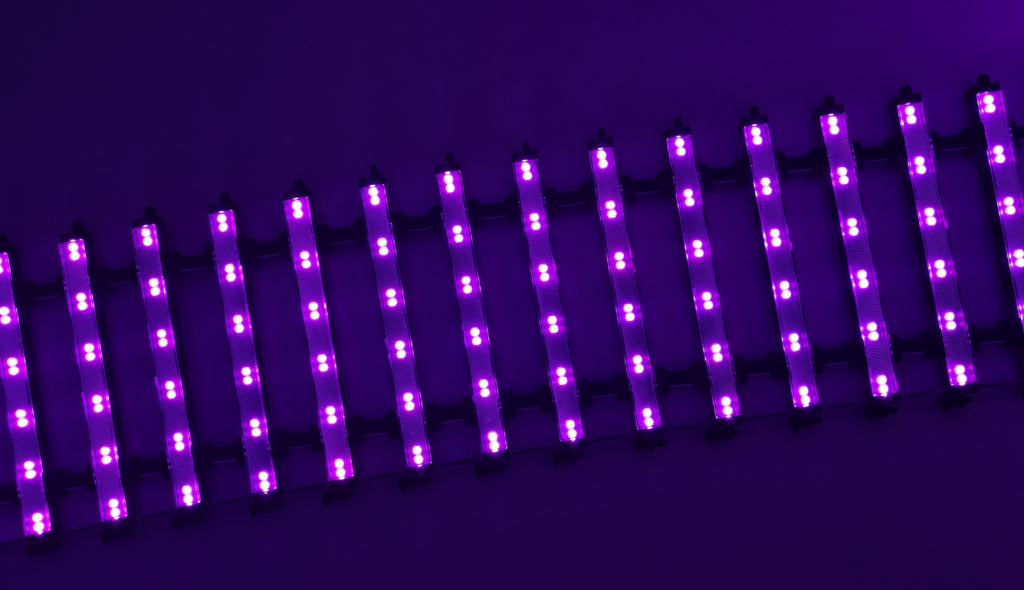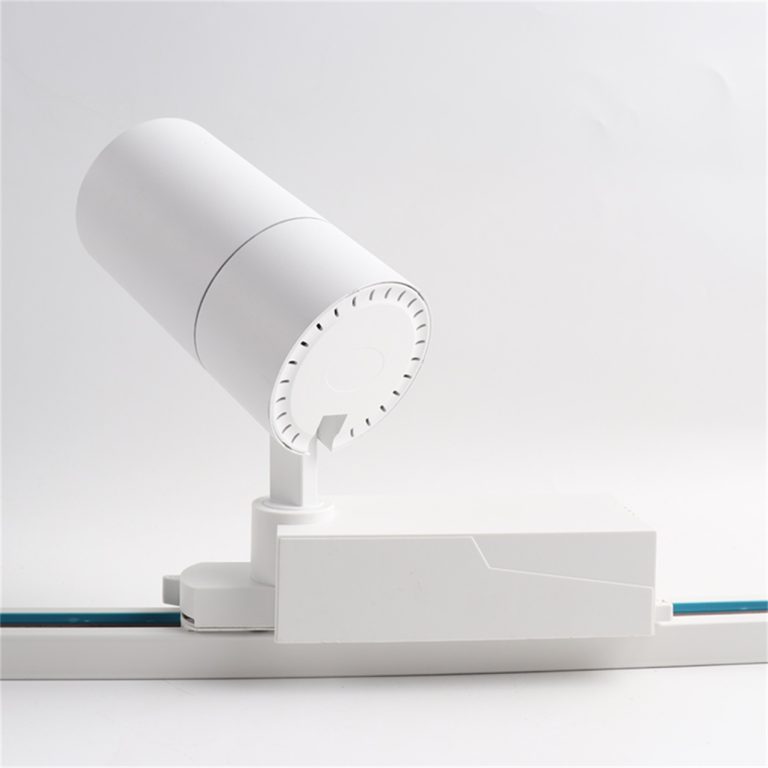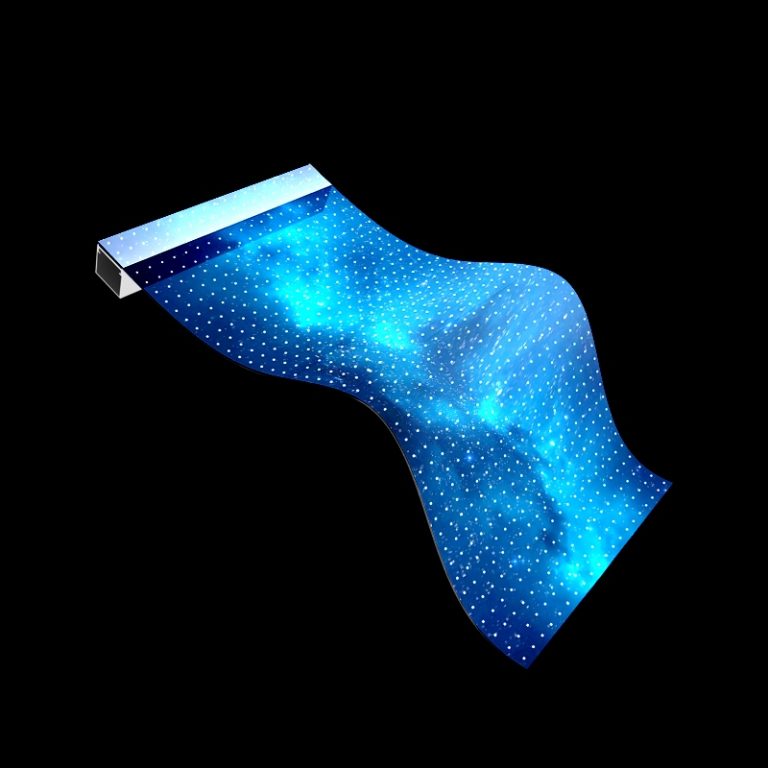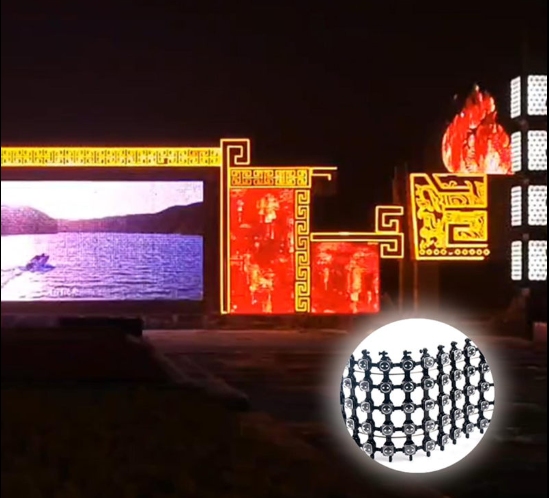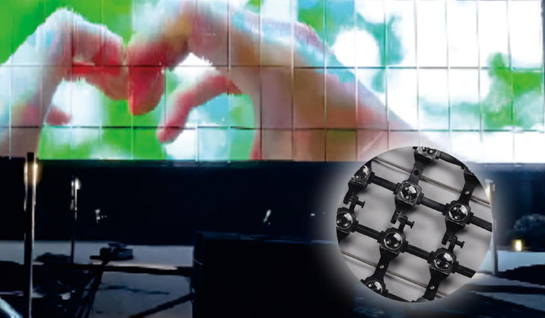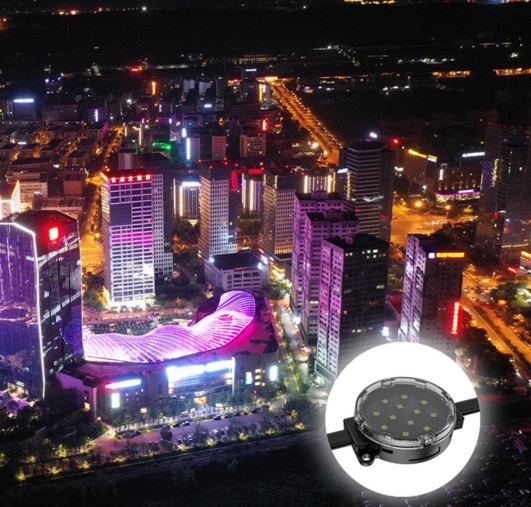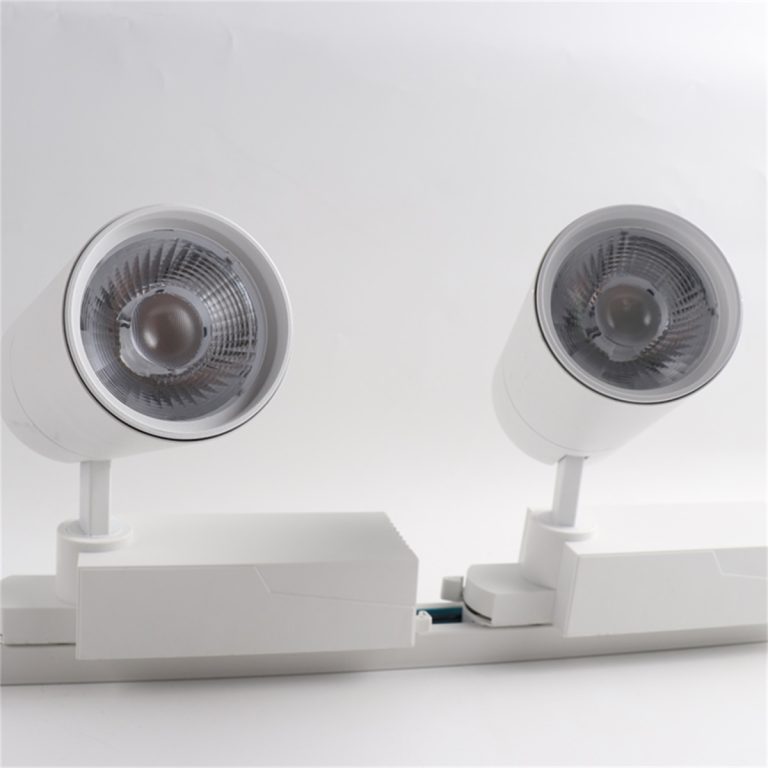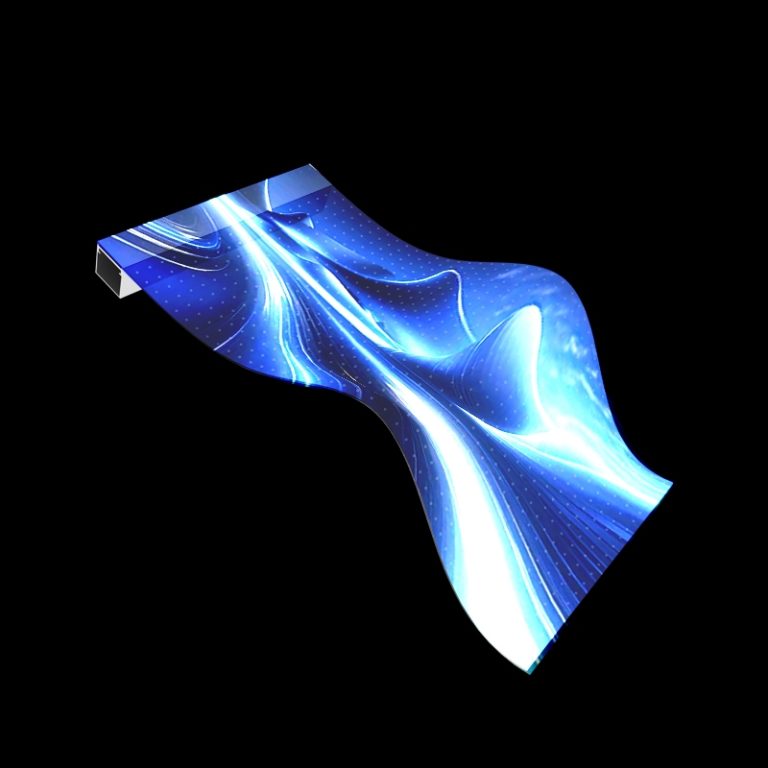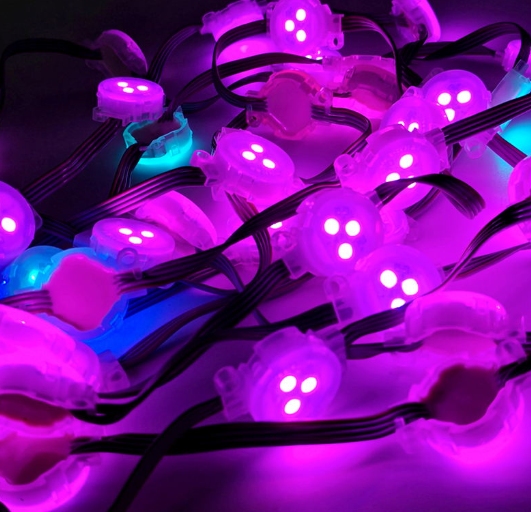Applications of LED Transparent Film Screens in Public Spaces
Improving Navigation and Way finding
LED transparent film screens are changing how people navigate public areas. Their clarity, up to 95%, ensures they don’t block views or natural light while showing important information. These screens stay sharp and fit naturally into their surroundings. They’re perfect for guiding visitors in large places like airports, train stations, or malls. You can attach them directly to glass surfaces without a steel frame. This lowers setup costs and time. The simple installation means they’re ready to use once connected to power.
In transport hubs, for example, these screens share live updates on arrivals, departures, and gate changes. They keep the building’s visual charm intact. Their flexibility allows use on curved surfaces like escalator rails or glass panels. This makes navigation tools accessible in different settings.
Revamping Advertising and Promotional Displays
LED transparent film screens are transforming advertising in public spaces. They create bold visuals while blending into their environment. These screens are ultra-slim, just 2mm thick, and very light at 1.5 kg/m². They’re ideal for shop windows, malls, or skyscrapers.
Their brightness, up to 6000 cd/m², provides clear images even in bright sunlight. They maintain clarity, so businesses can display ads without hiding products behind glass. They also show animations and videos to spark interest. This draws more attention from passersby and boosts brand recognition.
The Miracle Bean LED transparent film screen is a strong example of this technology’s abilities. Its adjustable size and shape suit any promotional need. It offers a modern solution that meets the aesthetic needs of city landscapes.
Enhancing Real-Time Information Sharing
In places like bus stations or event venues, fast information delivery is vital. LED transparent film screens stand out by offering clear, lively displays. They connect with remote systems to manage content across multiple locations. This ensures steady information flow. It also allows quick updates when needed.
During emergencies or large events, these screens can quickly share key instructions or notices. They don’t block views or create visual mess. Their adaptability supports interactive features. Users can engage with content for tailored information access.
Benefits of Using LED Transparent Film Screens in Public Spaces
Energy Savings and Environmental Benefits
LED transparent film screens are highly energy-efficient. They use much less power than traditional displays while keeping bright visuals. Their long lifespan cuts down on frequent replacements. This reduces electronic waste.
Advanced optical materials boost their eco-friendliness. They resist environmental factors like UV rays. This makes them a green choice for cities adopting sustainable technologies.
Seamless Integration into Building Designs
LED transparent film screens blend smoothly into architectural designs. Their high clarity and minimal structure make them unique. Unlike heavy traditional displays, these slim screens merge with glass facades or dividers. They don’t alter the original design.
They can adapt to curved surfaces, opening up many creative setup options. Used on skyscraper facades or in cultural centers, these screens enhance visual appeal while serving practical roles.
Flexibility Across Various Settings
LED transparent film screens are very adaptable. They work well in commercial spaces like malls and stores, as well as transit hubs and exhibition centers. Their clarity and flexibility suit both indoor and outdoor uses. For instance, they can act as hanging banners at trade shows or interactive panels in offices. Custom sizes meet specific project needs.
In summary, LED transparent film screens mark a major step forward in display technology. They improve navigation, revamp advertising, and enhance real-time communication. They also offer energy savings and aesthetic blending. These features make them a versatile solution for modern urban settings. Xinhe Optoelectronics, with its “Bean” series, including the Miracle Bean LED Transparent Film Screen, leads this technological progress.
The Role of Technology in Advancing Public Space Information Systems
Advances in Display Technology
New display technologies, like flexible transparent LED films, are reshaping public information systems. They combine practicality with visual appeal. They fit effortlessly into modern building designs. Flexible transparent LED films stand out for their 95% clarity. They don’t block light or views. This makes them ideal for glass facades, windows, or dividers.
The LED flexible transparent screen from Xinhe Optoelectronics showcases these advances. Its ultra-slim design, under 2mm thick, and light structure (1.5 kg/m²) allow easy setup without a steel frame. This cuts costs and ensures smooth blending with surroundings.
These screens adapt to curved surfaces. They can bend or fold to meet various setup needs. This suits creative architectural uses, like escalator rails or interactive displays in cultural venues. Their brightness, up to 6000 cd/m², ensures clear visibility in sunlight.
Future Directions in Public Information Systems
As cities grow, the need for advanced information systems increases. Flexible transparent LED films lead this change. They meet both practical and aesthetic needs. Future trends focus on energy savings and eco-friendliness. These screens use less power than older displays while maintaining vivid visuals.
Improvements in remote control systems will enhance content management across multiple sites. The Miracle Bean LED Transparent Film Screen from Xinhe Optoelectronics supports centralized updates. This ensures reliable and timely information sharing. It’s especially useful in emergencies or large events.
These screens also support new fields like smart cities and augmented reality (AR). By linking with IoT devices and sensors, they provide real-time data and interactive experiences tailored to users.
FAQ
Q: What environmental factors affect these films’ performance?
A: Factors like temperature, humidity, and UV exposure can impact flexible transparent LED films. These screens use advanced materials resistant to heat and UV damage. They stay clear without yellowing for up to 10 years. Their IP67 rating protects against dust and water, making them suitable for outdoor use in various weather conditions.
Q: How do I choose the right flexible transparent LED film for my project?
A: Picking the right film depends on project goals, environment, and visual needs. Consider these factors:
- Clarity Level: Higher clarity is best for applications needing clear views.
- Brightness: Choose brightness suited to ambient lighting.
- Size and Shape: Ensure the screen fits specific dimensions or curved surfaces.
- Durability: Select products with high protection ratings like IP67 for outdoor use.
Xinhe Optoelectronics offers customizable options for diverse project needs. Their products adapt smoothly to different designs.
Q: What industries commonly use flexible transparent LED films?
A: Flexible transparent LED films are used across many sectors:
- Commercial Advertising: On shop windows or facades for bold ads.
- Transit Hubs: In airports or stations for live updates.
- Exhibition Spaces: For vibrant visuals that blend into settings.
- Smart Cities: In urban systems for interactive information sharing.
- Cultural Venues: In museums or theaters for engaging storytelling.
Products like the Miracle Bean LED Transparent Film Screen from Xinhe Optoelectronics show how this technology improves public spaces. They combine clarity with high-quality displays, making them valuable for information systems while keeping aesthetic appeal.

